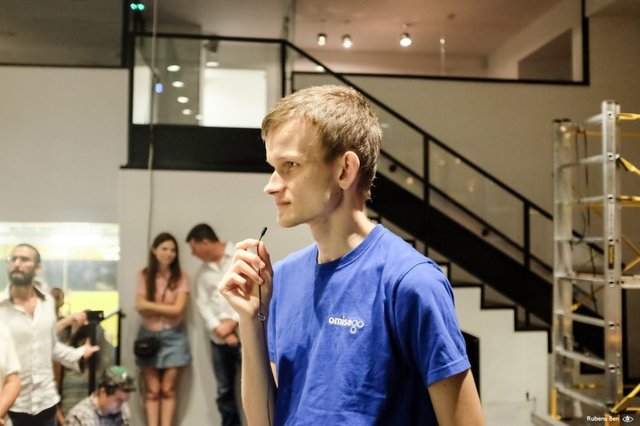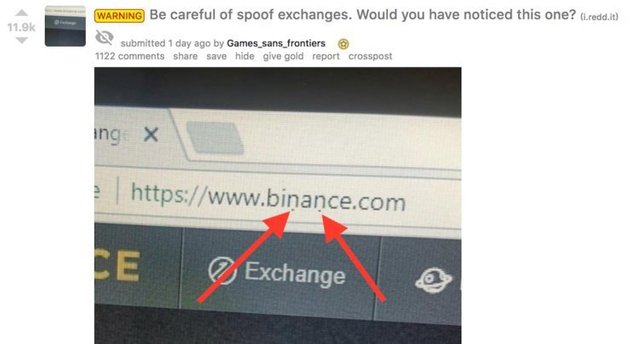5 steps to avoid cryptocurrency and fake "Vitaliks" scams
Fake Vitaliks. Fake McAfees. Those twitter accounts you're talking about, are they authentic? Is the blue mark real? At a quick glance at your average feed, are you likely to miss the "i" in @vitalkbuterin?

Like these, there are a ton more of other schemes designed to empty all your profits into crypts overnight.
While the industry is based on the premise of replacing banks and transferring the power of money to people, we have long entrusted our resources to outside organizations, and have been very comfortable with financial security.
But, as a cryptocurrency holder, it's time to take safety into your own hands by following these warnings and tips:
1. Have a strong password
It's true. It's true. The most obvious point is also the least followed.
You can't use your lover's name, your dog's favorite food, your favorite city or that phrase from the Elvis song. Adding a couple of numbers at the end doesn't help much either. Did you know that, for less than $30 dollars, there are crackers that can iterate 300 billion passwords per second?
Ask yourself how long it will take them to guess the password "password123". Be careful and choose a very strong password such as "XcomBiT#3wel1@#45". A combination of random upper and lower case letters, with symbols and numbers.
Our advice is to use authentication in 2 ways at all times, like Google Authenticator or Authy at every login. It is recommended to use different passwords for all sites, and to keep them in writing in a safe place.

2. Always try before making transactions
With the industry still in its infancy and the risk of losing your money forever, if the address you entered is incorrect (millions have been lost this way), it is advisable to send a very small amount before making a transaction. Remember, unlike credit cards, there are no surcharges at Bitcoin.
Do not attempt to type individual addresses and check between different tabs. Simply copy and paste the address, or scan QR codes whenever available.
3. Distinguish the real from the false
Keep your eyes open as much as possible to take each bit of information on the screen in front of you. Which site are you really visiting? A fake Binance place with some changed lyrics?
Check everything thoroughly, or you'll end up a victim. Best practices include bookmarking the sites you always use, as well as always accessing them from the bookmarks toolbar. You can also use an extension such as MetaMask, which will automatically detect a fake MyEtherWallet.
In case you buy Trezor or Ledger, buy it directly from Amazon or a verified seller, and never from Ebay or a used website. In the case of the latter, the device has a high chance of being compromised and could send all your private key information to the fraudster. The best security measures you took wouldn't work in this case.

4. Use cold storage.
No, we're not talking about temperature here. "Cold" in this context means offline. Keep in exchanges and online wallets only an amount you are willing to lose.
Buy a hardware wallet to store your coins or print your wallet to turn it into a paper wallet. Small, simple steps like these do a lot to keep your wallet safe and your peace of mind intact.
5. Don't trust me. Check it out.
There are some online services that were created specifically to index fraudulent websites and services. Badbitcoin.org, for example, provides a complete list of frauds that were confirmed or reported by users.
Another new service is @thatsascam on Twitter. It's a bot that detects junk email accounts and notifies you of the same. The robot checks excessive numbers of followers, or "following", and tracks accounts that have an impossible number of retweets. Highly recommended.
When you're out there, take care of yourself.